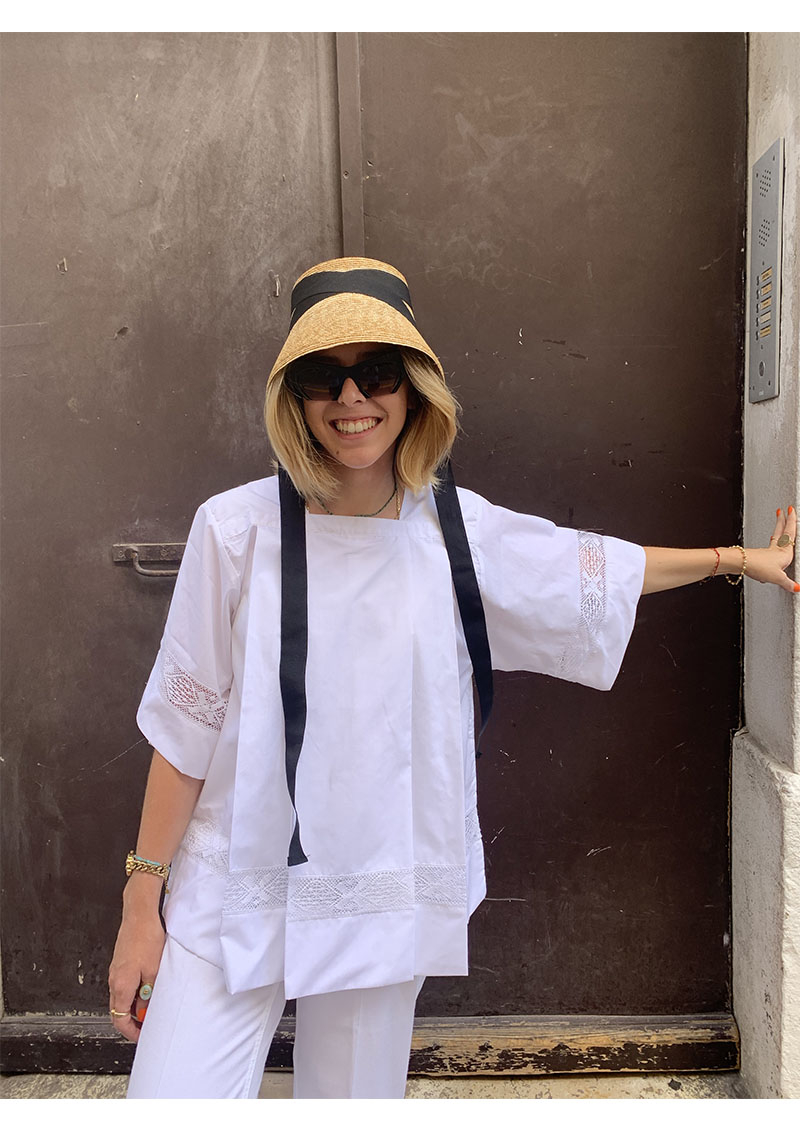











The genuine embroidered surplice, from the Vatican, Rome.
The authentic monastic garment :
4 Sizes:
- 2 as shirts: 65cm / 75cm
- 2 as robes: 85cm / 95cm
Embroidered surplice originally made for altar boys. Made of poplin (65% polyester - 35% cotton), in white color.
Sizes refer to the length from the collar to the bottom of the dress.
The authentic ecclesiastical garment.

Manifatture Mario Bianchetti, Roma.
The Bianchetti family is the main supplier of ecclesiastical clothing from Italy, and one of the suppliers to the Vatican. Bianchetti is the expert in high quality sacred garments. For many generations, it has manufactured and supplied the same liturgical garments to a world where dress code has hardly changed since the 12th century and a simple alteration is considered a “revolution”.

Entirely made in Italy with Italian fabric.

Poplin (65%polyester - 35% cotton)

Size refers to the length from shoulder to hem.
Available in size 65, 75, 85 and 95 cm.
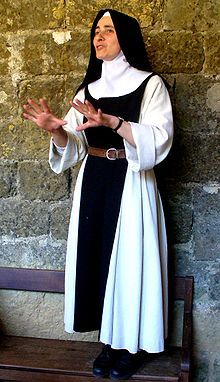

The simple lines of this liturgical piece, the abundance of its pleated fabric, its bright whiteness, reminds us of the sources of a minimalism that has never stopped being a contemporary issue. Here the lace sleeves are enhanced by embroidered elements.
The antique pieces are masterpieces of lacemakers, today in Rome they are still manufactured but the embroidery is simplified while still finely realized.
Outside of the ceremony, these patterns have inspired many designer clothes in search of sobriety.
Monastic fashion owes a major debt to the avant-garde culture of the 1920s and 1930s, which simplified, cleaned up and sought new inspiration in the efficiency of geometry. The sixties found in the monastic form the basis for a futuristic fantasy close to contemporary art.
Religious simplicity inspires stylistic purification, and this little liturgical shirt-dress becomes an inexhaustible source of forms and interpretations for lovers of style. As always, deTOUJOURS displays this garment in its original shape.
This surplice, from the Latin superpelliceum, is genuine and comes directly from the Roman shop of the pope's tailor, who follows to the strict letter a permanent pattern common to all altar boys since the 11th century. Its wide sleeves and shorter shape differentiate it from the alb. It is manufactured here with fine embroidery on the sleeves.
At deTOUJOURS, we go back to the source to offer you the epitome of this style, both in the ancestral fit and in the quality of the material chosen to last.
Elegant Italian women have been sharing the secret of this liturgical address for a long time now: from mother to daughter, they have been buying the best shirts and blouses with a perfect fit in this old shop, to play with the codes. When the lines are straight and the colours are not, it is the skin, the hair and the eyes that are highlighted.
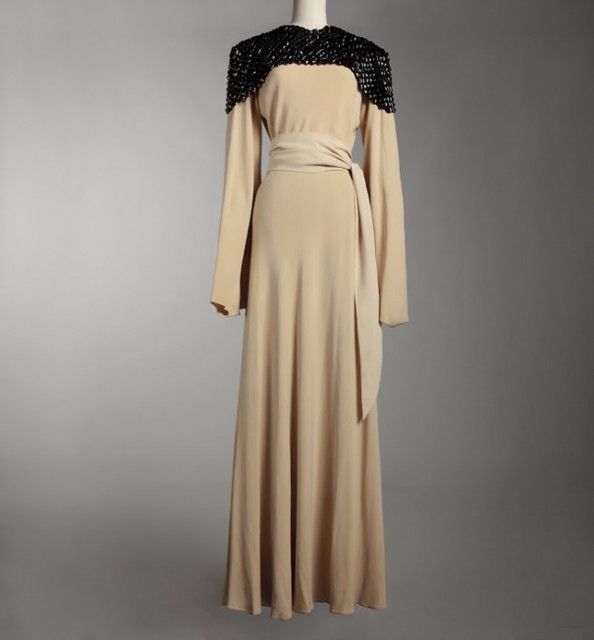
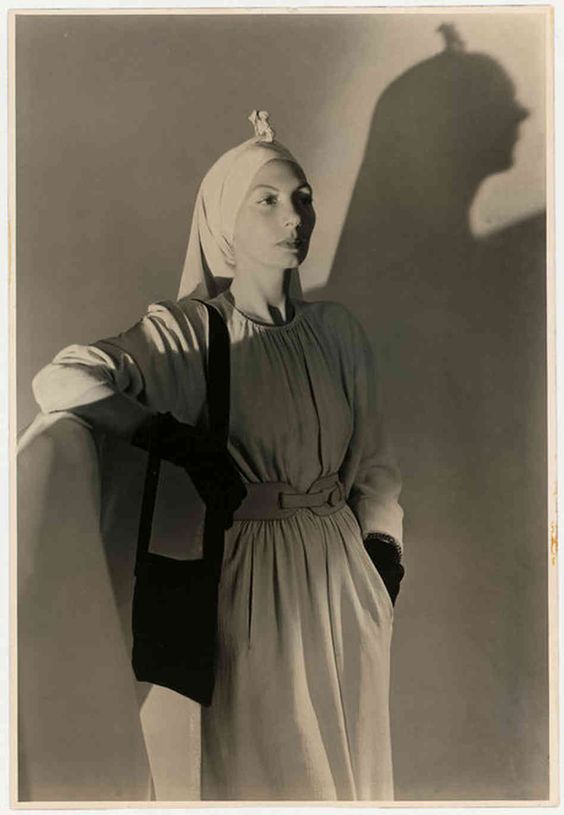

Originally worn over a tunic, this little shirt-dress is a "surplice", a kind of shortened alb, traditionally falling to the knees. Prior to the liturgical reforms of the 1960s, the surplice was the common choir garment for almost all clergy, except for prelates and bishops. Historically, the surplice was made of linen for priests and clergy, and cotton for cantors, sacristans and altar boys. The exceptional quality of the cotton is definitely enhanced by this simplistic cut.
Worn in short size, then as a shirt, with the waist belted or not, or in longer size worn as a romantic dress, its shape, the richness of its folds echo a distant time when the care taken in the creation of this garment arrives to us perfectly restored in the 21st century like a precious gem.

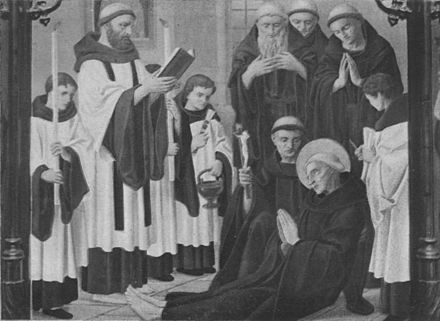
Many luxury houses have been rejecting all artifice, making a conscious choice for a modernity that is synonymous with refusal, and always avant-garde, even for 100 years. Already Jeanne Lanvin or Valentina Schlee, then the Antwerp creation (Martin Margiela included), renowned for its monastic style, but also and above all Comme des garçons of the pioneer Rei Kawakubo, or Raf Simons, Calvin Klein among others, are part of an inheritance of purity, inspired by the plastic artists, architects adept of this graphic fabric and design.
Monastic fashion owes a major debt to the avant-garde culture of the 1920s and 1930s, which simplified, cleaned up and sought new inspiration in the efficiency of geometry. The sixties found in the monastic form the basis for a futuristic fantasy close to contemporary art.
Religious simplicity inspires stylistic purification, and this little liturgical shirt-dress becomes an inexhaustible source of forms and interpretations for lovers of style. As always, deTOUJOURS displays this garment in its original shape.
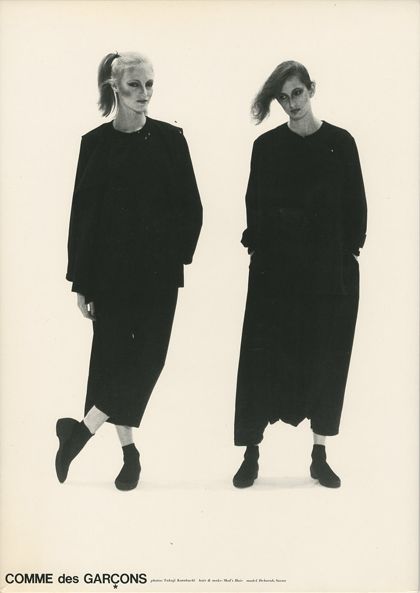
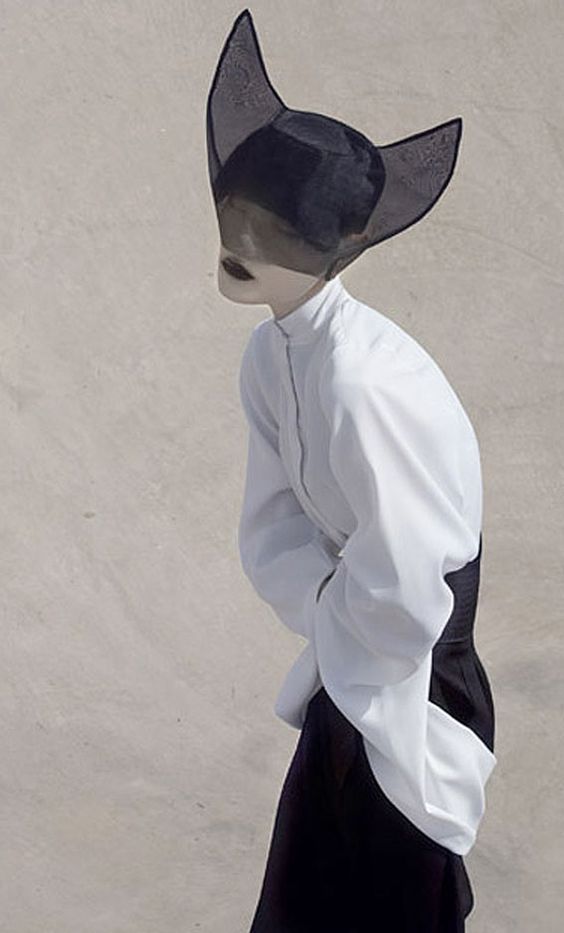

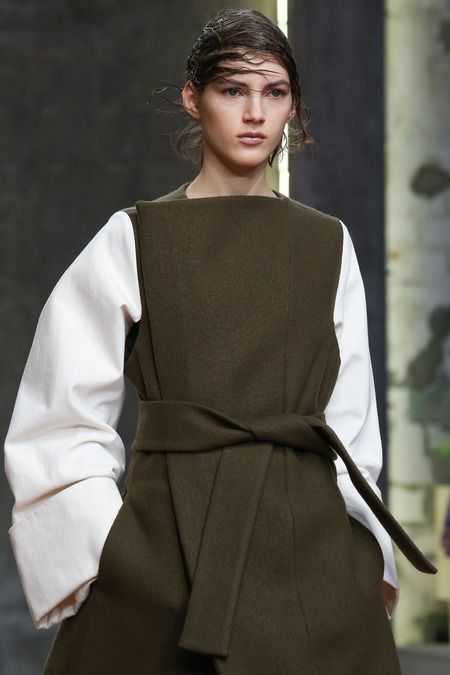
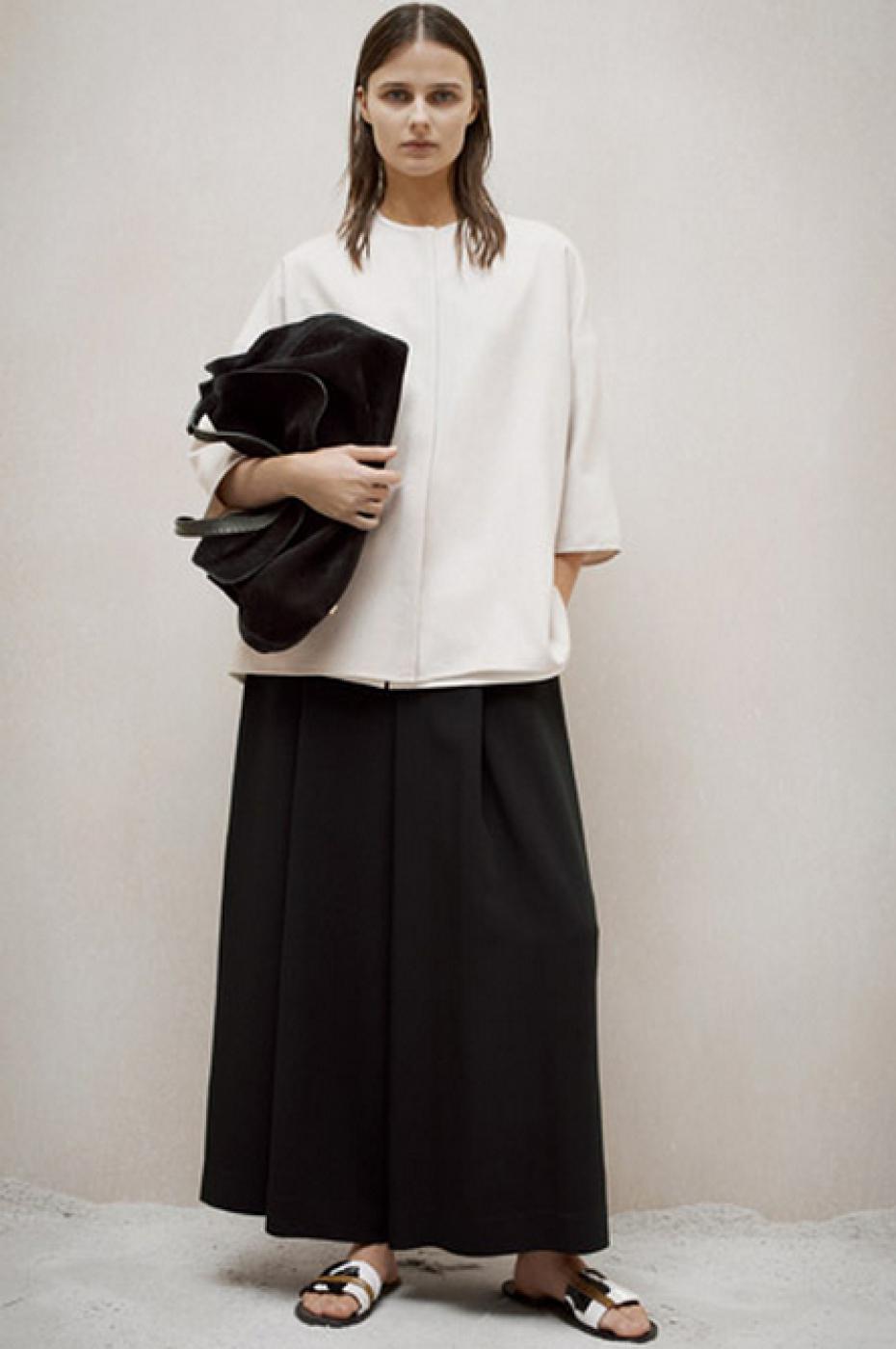

The authentic ecclesiastical garment.
De Toujours invites you to discover clothes and accessories at the source of the style, original pieces that fashion has always diverted.
© DE TOUJOURS 2025